Karē (カレー), derived from the English word curry, is one of the most popular dishes in Japan, especially in households. It is mostly eaten with rice and is then called Karē Raisu.
A Japanese curry is very different from other Asian dishes called curries because it took massive detours in terms of time and geography. It was only the English Navy that brought the dish to Japan in the second half of the 19th century. A Karē is therefore quite unusually based on a roux and seasoned with curry powder, which was invented in England and is not known or at least not used in Asia.
This is complemented by fruity flavours that give the dish a wonderfully rounded taste. As this is a dish of the so-called Yōshoku cuisine, in which western dishes have been adapted to the Japanese taste, ingredients such as ketchup and Worcester sauce may be used. As always in Japanese cuisine, care is taken to ensure that the individual ingredients retain their own flavour and at the same time that no flavour stands out in such a way that it overpowers other, more subtle tastes.
Following these principles, this is a recipe for a very classic Karē, which of course can and will be prepared in other variations. What makes it different from the most common varieties in Japan is that we do not use ready-made paste, which is extremely popular over there and might also be purchased abroad. The best-selling instant curry cubes are Golden Curry and Torokeru Curry from one manufacturer and Vermont Curry and Java Curry from the other. We do not advertise here. If you can buy this and want to try it – it doesn’t taste bad at all. But less delicate than this recipe.
We rinse and dry slightly marbled beef suitable for braising, remove sinews and coarser fat if necessary and divide it into pieces of about 3 cm edge length (it will shrink during cooking).

Now carrots are peeled and cut Rangiri style, one of the many Japanese cutting techniques. You cut off a first piece at an angle of 45 degrees and then turn the vegetable lengthwise by about 45 degrees as well before cutting off another piece at the same angle again. The result is similar-sized pieces that cook in the same amount of time, but are still all shaped differently and bring slightly different textures.

To do the same with potatoes, first quarter them lengthwise. Then proceed as with the carrots.

And that’s it, the first, quickly completed step.

The meat is browned on all sides in a little neutral vegetable oil over medium-high heat to develop roasting aromas. If you want to cook vegetarian / vegan, at this point simply cook the carrots and potatoes in vegetable stock for about 20 minutes until they are of the desired consistency.
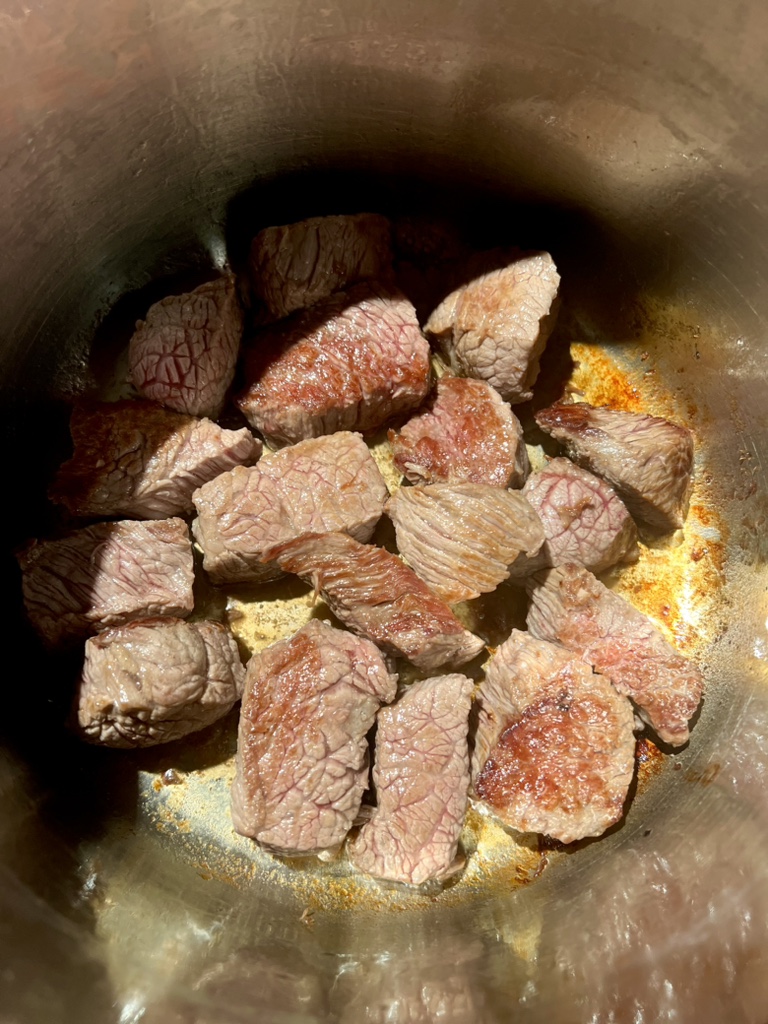
Now fill up with 1 litre of cold water and add a teaspoon of salt. The salt is important because most of the flavour should remain in the meat. You will find more information on why here.
As soon as the water starts to boil, foam will rise. This always happens.

You have to remove this foam. The easiest way is to push it aside with a spoon – it sticks together and will not come away again.

Now you can easily remove this foam with a small sieve or a ladle. What remains is a clear broth in which you simmer the meat with a lid on a very low heat (for us 2 out of 10 – induction) for 90 minutes until it is very tender.
This gives you time for further preparation:
You need 3 tsp curry powder and – to taste – some chilli powder. Be sure to use 2 tsp light soy sauce (Japanese shoyu is best), 1 tsp Worcestershire sauce and 2 tsp tomato ketchup. Yes, ketchup. It wasn’t always a convenience product and we make it ourselves. Please feel free to use store-bought, it adds an important flavour component.
Interesting for the taste is the addition of 1 tsp of chuno sauce. This is a very typical Japanese sauce that you would have to buy and could hardly make yourself. It contains fruits such as plums and various vegetables. But this is completely optional, your curry will be delicious without this ingredient.
You will also need about 1 – 2 teaspoons of salt, to taste.

You will also need equal parts butter and flour for the roux (vegan: neutral vegetable oil instead of butter, reduced by 20 % of weight). In addition, a coarsely chopped onion adds a nice texture. The last ingredient is a peeled and finely grated apple or alternatively a little apple juice. While cooking, we realised that there was not a single apple left in the house, so we boldly used the juice of an orange – which also works wonderfully.

When the meat is very tender, which you can easily check with a knife, add the carrots and potatoes and simmer gently over a low heat with a lid for another 20 minutes. The great thing is that while your ingredients are cooking perfectly, you create a stock at the same time.
Vegetarian / Vegan: Your vegetables are already cooked at this stage. In the meantime, we recommend sautéing mushrooms of your choice and, as soon as they have lost most of their liquid, adding them to the broth and simmering gently for another 5 minutes. You can easily enhance the flavour as described here. Especially the stems of mushrooms and/or dried mushrooms will have a great effect if you give your stock more time. If you want to use tofu, fry a firm variety of it and add it at the point where we later add the meat to the curry.

Now it’s time for the roux, which is also very simple. The detailed description is only meant to support you.
Melt the butter (or heat the oil) over a medium heat. Then add all the flour.

It should be a blond roux, so a few minutes is enough. When everything is evenly combined, add the curry powder, with or without chilli, to taste.

Stir everything well and then add 2 ladles of broth at a time. After the first round, you will get a thick paste. Stir again until everything is combined. After the second round, the paste will be thinner. Keep going like this until – all by itself – you have created a very creamy sauce. Patience, it works.

Add the onion, the sauces and – at the very end please – salt to taste to your now ready base gravy.

Now is the right time to cook the rice. This takes about 25 minutes in total (there will be separate articles on cooking rice).
After that, it looks like this:

Then add the meat and vegetables (or no meat, according to your preferences), stir everything well and leave the ingredients on a low heat for another 10 minutes.

The plating is simple. Use a plate, not a bowl, so that the rice remains a separate part of the dish. Cover just under half of the plate with rice. Gently pour your curry into the other half. In Japanese cuisine, the two would never be mixed.
It will be perfect with vegetable pickles to contrast with the rice and the very creamy curry. These can be your own, in Japan they would be fukujinzuke (pickled vegetables) and rakyo (pickled spring onion). These ingredients don’t need to be transported across oceans (and we haven’t contributed to that), but we present the dish to you as it would be done in Japan.
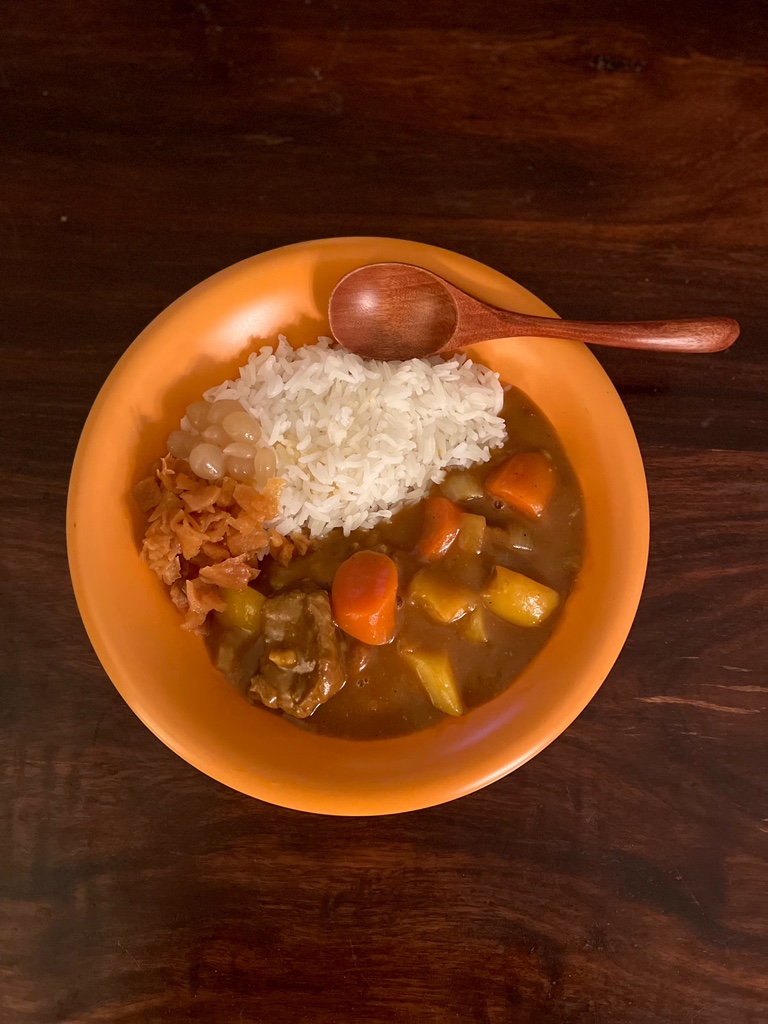
Enjoy.
And may the taste be with you.
Ingredients (for 4 people):
For the curry:
500 g lightly marbled beef for braising
300 g carrots
300 g waxy potatoes
Some neutral oil
3 tsp curry powder
Optional: chilli powder to taste
Salt to taste, about 1 tsp
2 tsp light soy sauce
1 tsp Worcestershire sauce
Optional: 1 tsp Chuno sauce
2 tsp tomato ketchup
70 g butter
70 g flour
1 onion, coarsely chopped
1 apple grated, alternatively 80 ml apple juice (or juice of 1 orange)
Rice, preferably Japanese
For serving:
Pickles. In Japan one would add
– Fukujinzuke (pickled vegetables)
– Rakkyo (pickled spring onion)
and/or
– Beni Shoga (pickled red ginger)

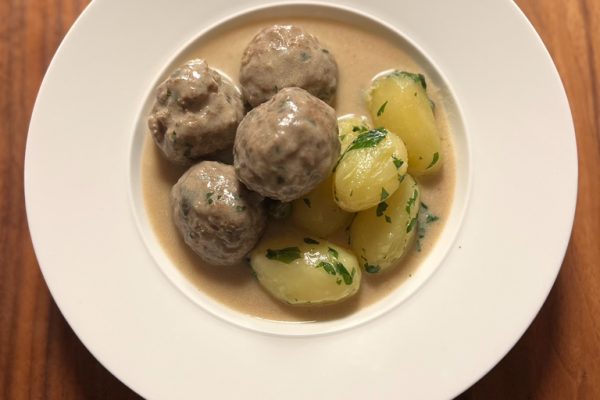
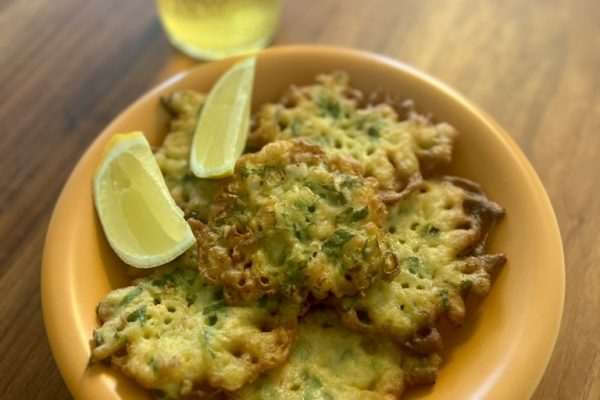
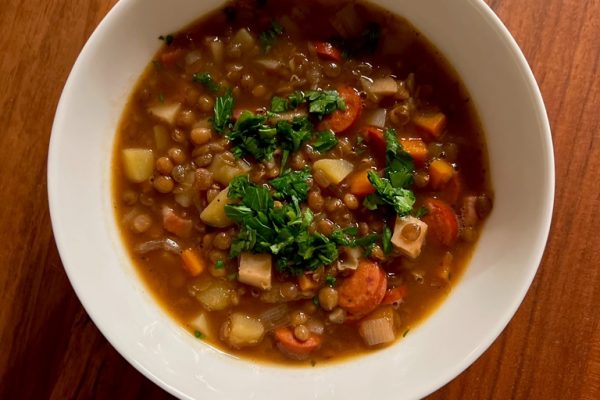
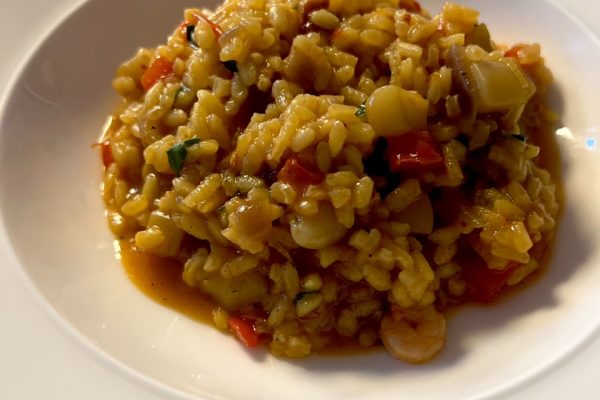
One thought on “Karē Raisu – Japanese Curry”